Choosing a car to lease is financially crucial. Making the wrong choices may lead you to regretting the decision of not buying a car instead.
Here are some tips in leasing a car without making these common mistakes:
1. Paying too much money upfront
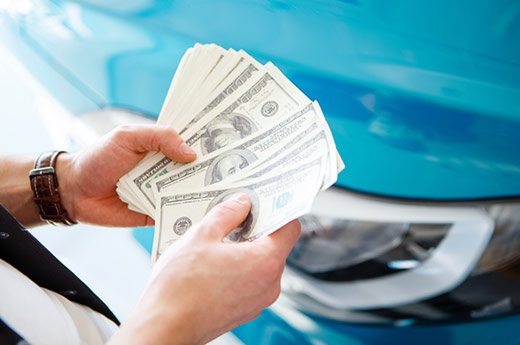
©sellcarforcashroanoke.com
Some car dealerships market new cars with low monthly lease payments but you actually have to pay thousand dollars at the beginning of the term in order to get these. This is usually to pay for a portion of the car lease in advance.
However, some few cars happen to be wrecked or stolen in its first few months. This means the insurance company already reimbursed the leasing company for the value of the car, and what you paid upfront would probably not be refunded. You could be out of a car, despite paying a huge amount of money.
To avoid this, pay no more than around $2,000 in advance when you lease a car. Better yet, put nothing down and opt for a bigger monthly payment instead.
2. Forgetting the gap insurance
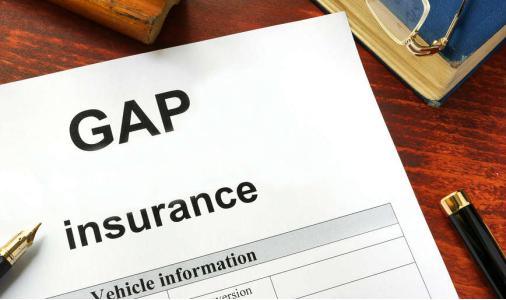
© cross insurance agency
Make sure the car company includes the specialty gap insurance in the contract before leasing the car. You wouldn’t want to pay the company’s balance out of your pocket without it. Look for a car with a lease plan that has gap insurance when it doesn’t.
3. Underestimating miles you’ve driven before you lease
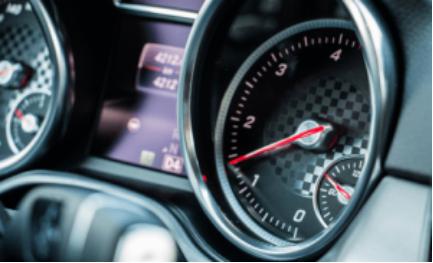
©clearcarleasing
Some leasing companies require low monthly payments because they have low mileage limits per year. Apparently, leasing contracts are usually limited to 10,000 miles to 15,000 miles. Additional 10 cents to 30 cents per mile are given to those who exceed these limits by the end of the lease, so you might want to put your mileage needs into consideration before sealing the deal.
4. Overlooking car maintenance
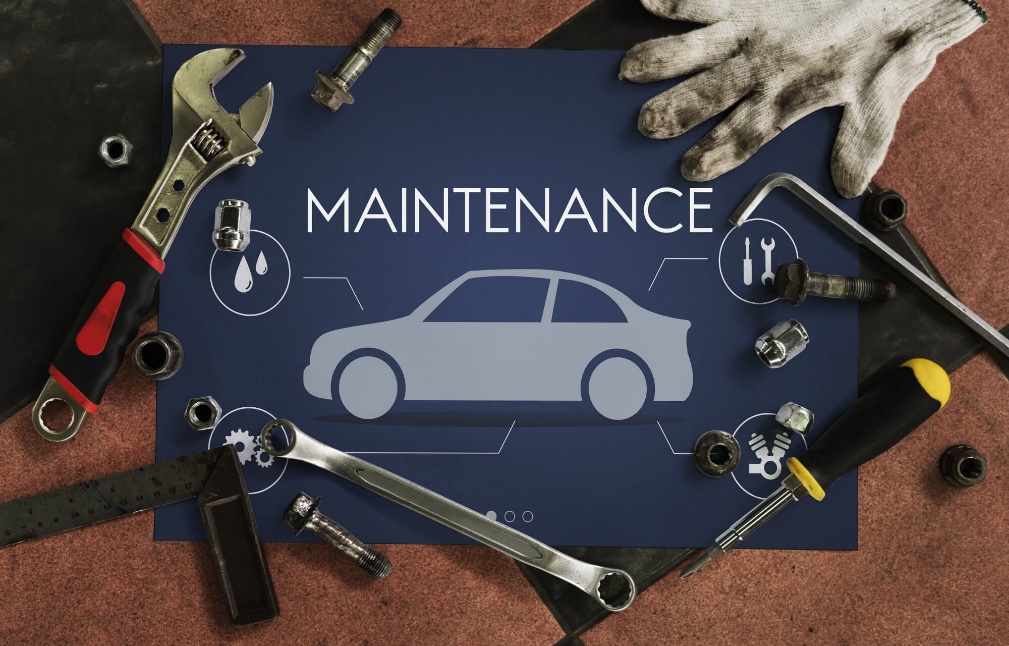
©Clonskeagh Motors
Ask for the lease-end-condition guidelines before leasing the car. These guidelines will inform you about the types of damage you would have to pay for when you turn your car back in.
5. Leasing A Car For Too Long
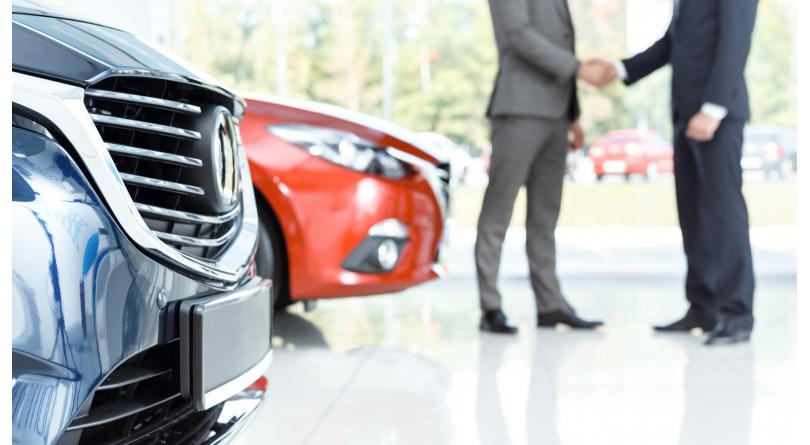
©MoneySense
While most car-lease terms range from two to four years, some drivers end up paying extra money in maintenance. Always check if the car’s warranty period at least matches your lease period. If it doesn’t, you could be responsible for repair and maintenance and that’s not pretty.
If you’re planning to lease a car for a long time, it’s probably better to buy it, says Barbara Terry, an automobile columnist.
“If the driver owns the car, he’d have to pay for the car and pay for maintenance, but then he could continue to drive it for several years without having to worry about a required monthly lease payment,” she explained.
Cover Photo Credits: Carmudi Philippines

